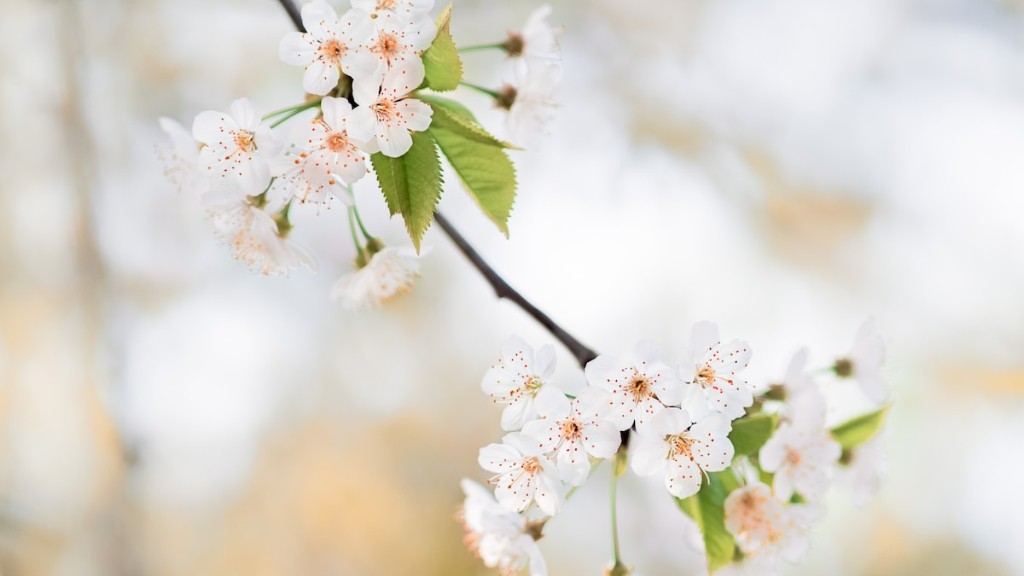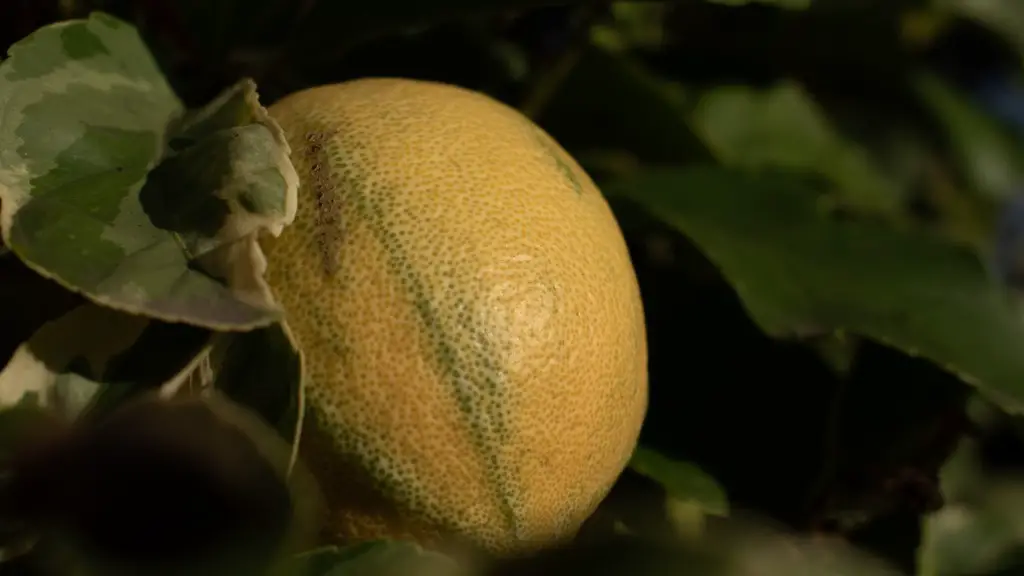Planting a lemon tree in the Philippines, or any part of the world for that matter, requires careful planning and attention to detail. Knowing the right steps to take can ensure that your lemon tree thrives and produces an abundance of juicy lemons. Here are the expert tips on how to get your lemon tree off to the right start.
First and foremost, you need to always choose a location that gets plenty of direct sunlight. Lemon trees need at least 6-8 hours of direct sunlight each day in order to reach their optimal growth and fruiting potential. If you’re planting your lemon tree in a container, you’ll want to choose a large, plastic pot to allow for ample root growth.
Next, it’s essential to provide your lemon tree with the correct soil conditions. Before planting, make sure to test the soil pH to be sure it’s between 5.5 and 6.5. If pH levels are outside of this range, you may need to amend the soil or add additional fertilizer to provide proper nutrition for your tree.
When planted, a lemon tree should be kept slightly moist but not soggy. Therefore, it’s crucial to provide a consistent and adequate water supply. You’ll also want to water frequently but make sure to allow the top 1-2 inches of soil to become dry in between each irrigation cycle. Lastly, be sure to provide a reliable source of fertilizer and use nitrogen-rich, slow-release fertilizer to encourage healthy growth.
If your lemon tree is planted in a container, regular repotting will be necessary to provide it with fresh soil and room to spread its roots. On the other hand, trees planted in the ground should be mulched to retain moisture and prevent weed growth. Pruning should also be done to ensure that your tree can receive proper sunlight.
To keep your lemon tree healthy, be sure to inspect it regularly. Look for pests and diseases that may affect it and take steps to eradicate them if necessary. Additionally, you may want to consider looking into options for natural pest control solutions as this offers an environmentally-friendly way of combatting pests and diseases. Taking these few steps can help ensure that your lemon tree stays healthy for many years to come.
Caring for a Lemon Tree
Caring for a lemon tree not only involves regular inspection and pruning, but also providing the ideal environment for it to thrive. Make sure to keep the soil moist but not too wet, and fertilize it regularly with a nitrogen-based fertilizer. You may also want to consider adding some organic material like compost or mulch to the soil for additional nutrients and weed control.
It’s also essential to ensure that your lemon tree receives the right amount of sunlight. In the Philippines, this would typically mean at least 6-8 hours of direct sunlight each day. If you’re planting your tree in a container, choose a large pot to allow for adequate root growth. Additionally, it’s important to regularly repot your lemon tree in order to keep its soil fresh.
A regular inspection of your lemon tree is necessary to prevent any potential pest and disease infestations. It’s also essential to take necessary steps to eradicate any pests or diseases found on your tree as quickly as possible. Consider using natural pest control solutions for this as this offers an environmentally-friendly approach.
Planting a lemon tree in the Philippines is a fairly simple task as long as you know the right steps to take. Taking the proper precautions, such as providing it with the ideal soil conditions and environment, will ensure that your lemon tree floursihes and bears abundance of juicy lemons in no time.
Harvesting and Storing Lemons
Harvesting and storing lemons seem like quite a daunting task at first, but it doesn’t have to be difficult if you know the right steps to take. It’s important to remember that the fruiting season of the lemon tree varies depending on the climate so you will need to check the fruits regularly and harvest when they are ready. The rind of the lemon should be yellow and slightly firm when ready.
It’s best to harvest lemons in the early morning when they are cold and have more natural oils that make them taste better. To properly store them, you should cut off the stem and wrap each lemon individually in an absorbent paper or store them in an appropriate container. The ideal temperature for storing lemons is between 7.2 and 11.11 degrees Celsius.
If you don’t plan to use the lemons within a few days, it might be best to freeze them. To do this, you can either peel, section them, or leave them whole before freezing. Once frozen, it’s best to transfer them to a plastic bag and store them in the freezer. You will be able to enjoy the deliciousness of your homegrown lemons all year round.
When it comes to harvesting and storing your lemons, it’s important to choose the right techniques in order to ensure that your fruits remain fresh and delicious. Taking the right steps can ensure that you can enjoy the fruits of your labor more often.
Pruning Lemon Trees
Pruning your lemon tree is important for keeping it healthy and productive. Pruning helps to maintain an optimal balance between growth and fruiting. It also helps to remove diseased, dead and broken branches so that the tree can focus its energy on new growth.
Pruning should start when your tree is young as this will encourage stronger branches. To begin pruning, you should first remove any crossing branches or branches that are dead, diseased or broken. Then, you can thin out the canopy by cutting off any leaves or branches that are shading the tree. Once you’re happy with the shape of the tree, you can prune off any excess growth to keep it in shape.
Pruning should be done several times a year to keep your lemon tree healthy and productive. However, avoid pruning during times of extreme heat as this can cause damage to your tree. You should also keep an eye out for new growth and prune away any branches that are causing the tree to become congested and crowded.
Pruning and caring for your lemon tree require a good amount of time and effort, but it will be worth it in the end. Caring for your tree properly can help it live a longer, healthier life and produce an abundance of delicious lemons for you to enjoy.
Preventing Disease and Pests
Ensuring that your lemon tree is free of disease and pest infestations will help ensure its health and productivity. The best way to prevent pests and disease is to regularly inspect your tree and take steps to eradicate any signs of these problems as soon as possible.
You can start by introducing beneficial insects, such as ladybugs, to your garden as these can help to keep pests at bay. Keep the soil in your garden fertile and provide plenty of nutrients for your tree. If you notice any pests on your tree, take steps to get rid of them before they cause further damage.
Disease prevention is also essential for the health of your lemon tree. Make sure to eliminate any sources of water that can attract pests and provide ideal conditions for diseases to thrive. If you see any signs of disease on your tree, be sure to contact a tree specialist for the best advice and treatment.
Taking the necessary steps to prevent disease and pests on your lemon tree is essential for its health and productivity. Taking precautions and inspecting your tree regularly will help you keep your lemon tree healthy and able to produce delicious lemons for many years to come.




